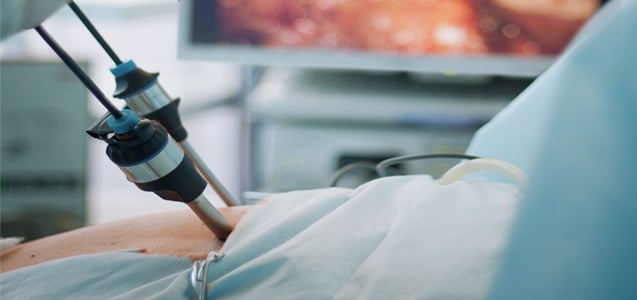Cerebral palsy (CP) occurs in nearly 1 in every 500 births, making it is the most prevalent cause of motor function impairment. A disorder of movement, muscle tone or posture, CP is a neurological condition caused by brain damage which is usually suffered before, during or soon after a baby is born. CP may also cause seizure disorder (epilepsy), swallowing, speech and eye movement problems, and can cause intellectual disabilities. Premature birth significantly increases an infant’s risk of CP. There are several different types of CP, with each type classified according to the type of body movement and posture problem present. Ataxic cerebral palsy is the rarest type of cerebral palsy and involves the entire body.
Ataxic CP causes problems with:
- Balance
- Precise Movements (may reach too far or too close to touch objects)
- Coordination (may walk with feet unusually far apart)
- Hand control (may have trouble buttoning clothing, writing or using scissors)
If there is birth trauma during labor and delivery, it is possible for the baby to suffer from a brain injury due to hypoxia, or lack of oxygen. Medical staff is expected to monitor the baby’s heart rate and the mother’s contraction rate to ensure the safety of the baby and avoid birth injury. Medical negligence in this area could be the reason why you child suffers from cerebral palsy.
Motor functioning impairment greatly affects quality of life. Additionally, the cost of care for a child with brain damage is high. If your child’s brain injury was caused by a medical mistake at birth, or caused by an extremely premature birth which healthcare providers negligently failed to prevent (such as a failure to diagnose and treat preeclampsia), the experienced Birth Injury lawyers at The Yost Legal Group are here to help.
Call The Yost Legal Group today at 1-800-YOST-LAW (967-8529) for a FREE, confidential, no-obligation consultation. When you call, you will speak with a Baltimore Birth Injury attorney with real experience absolutely free. At The Yost Legal Group, there is no fee or expense unless you recover.









